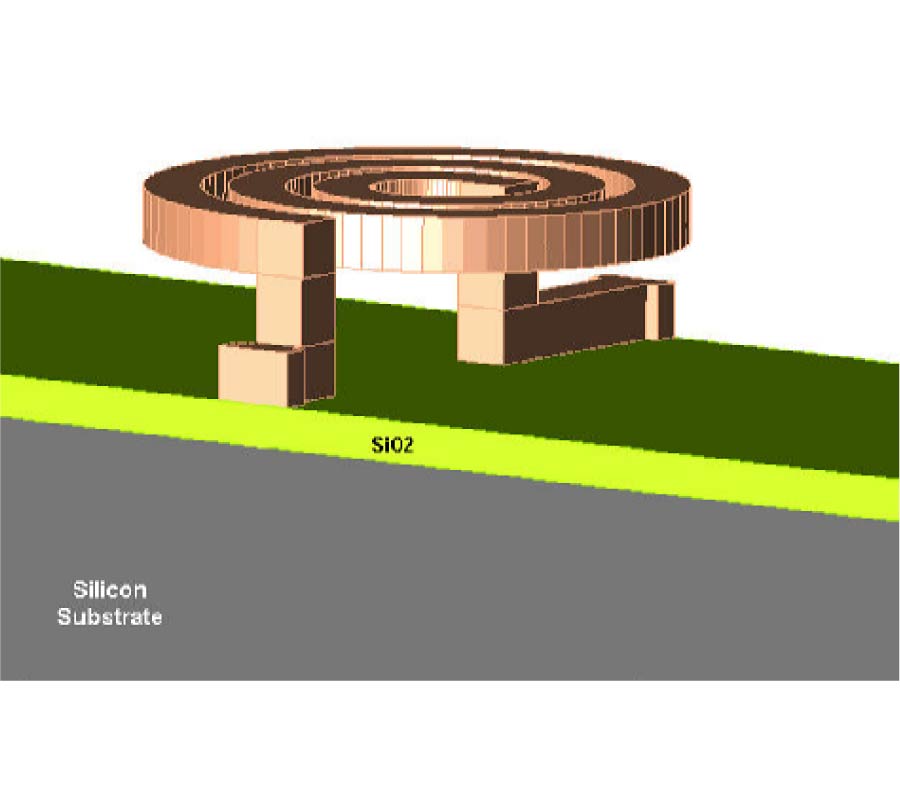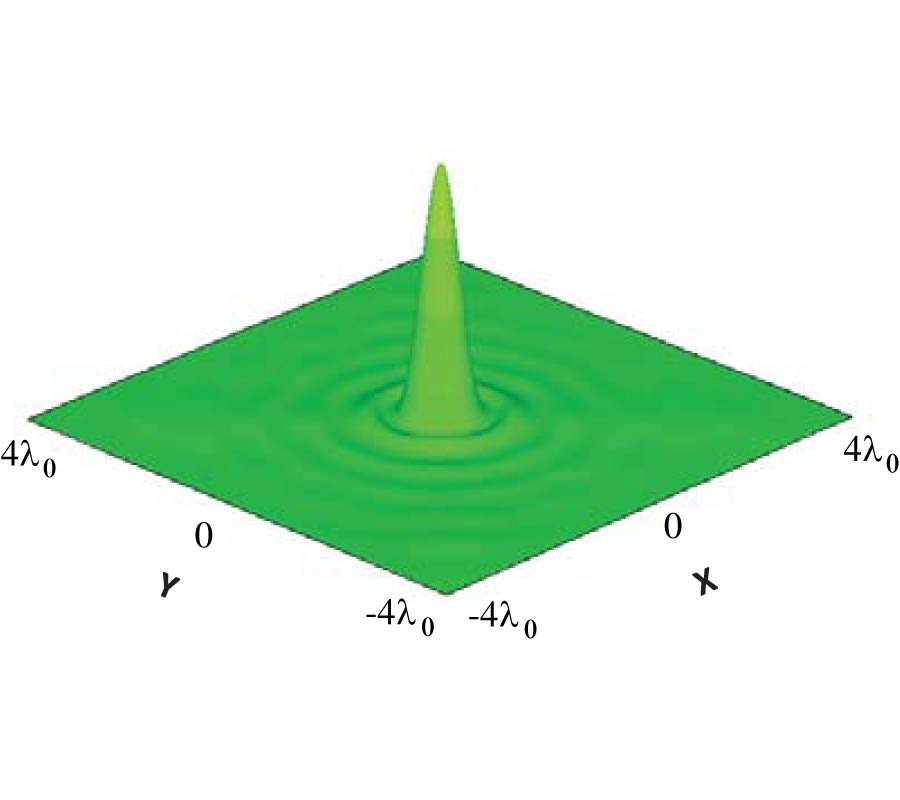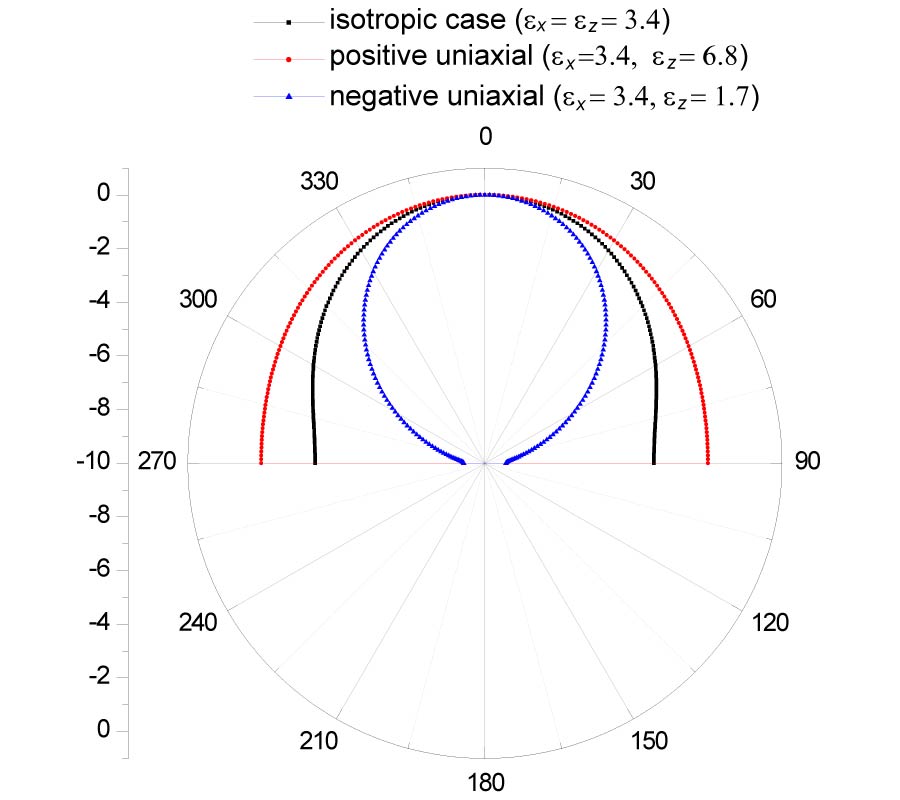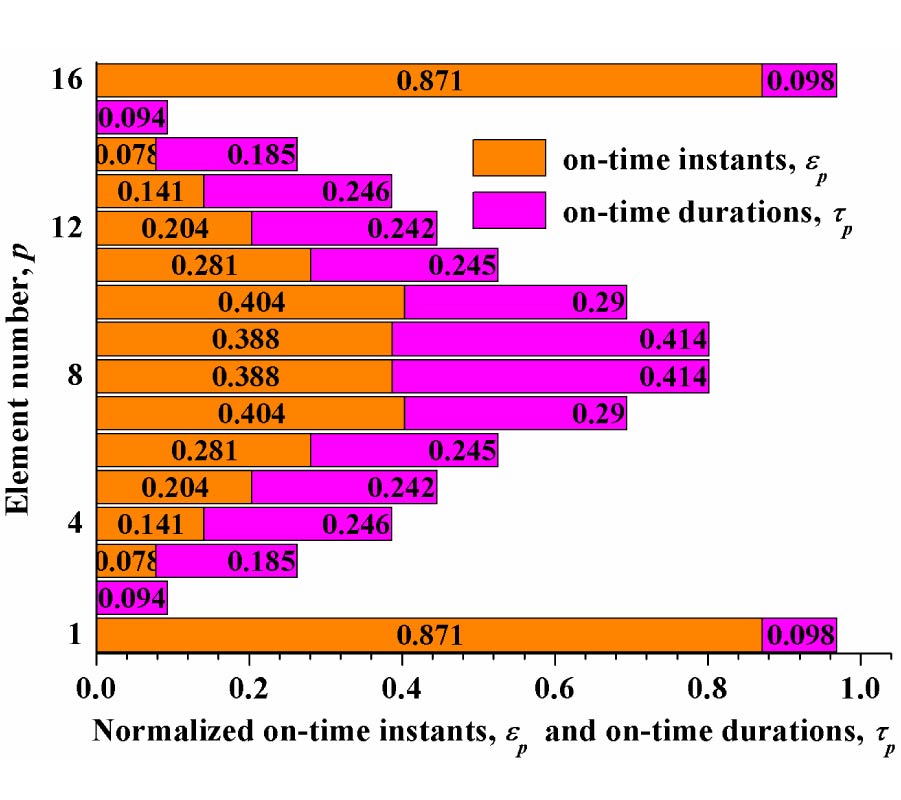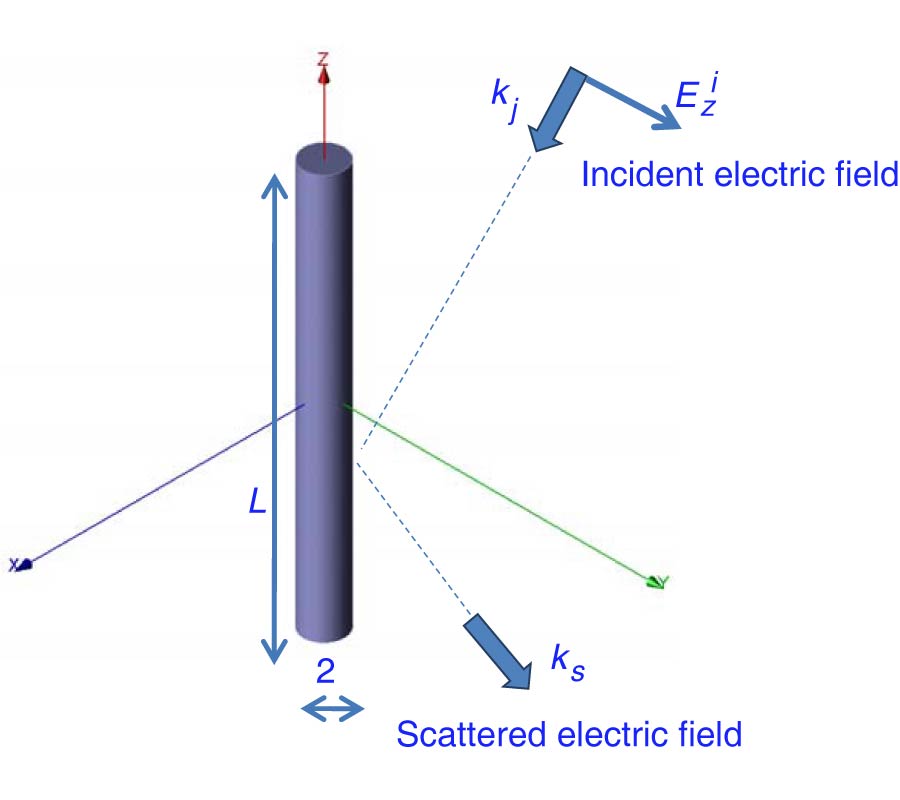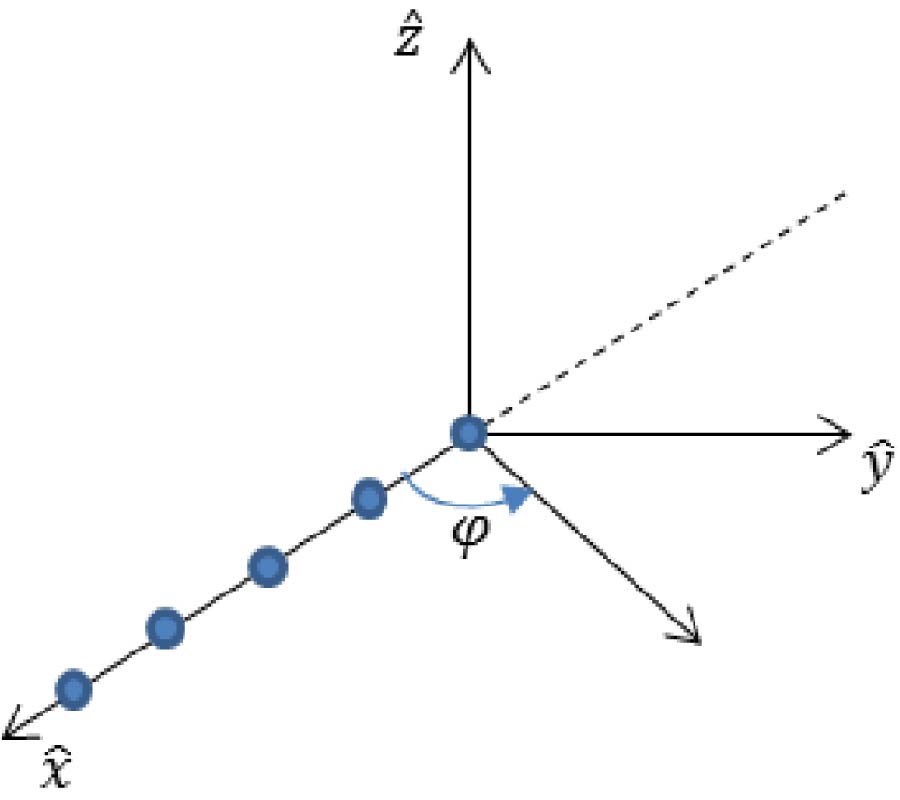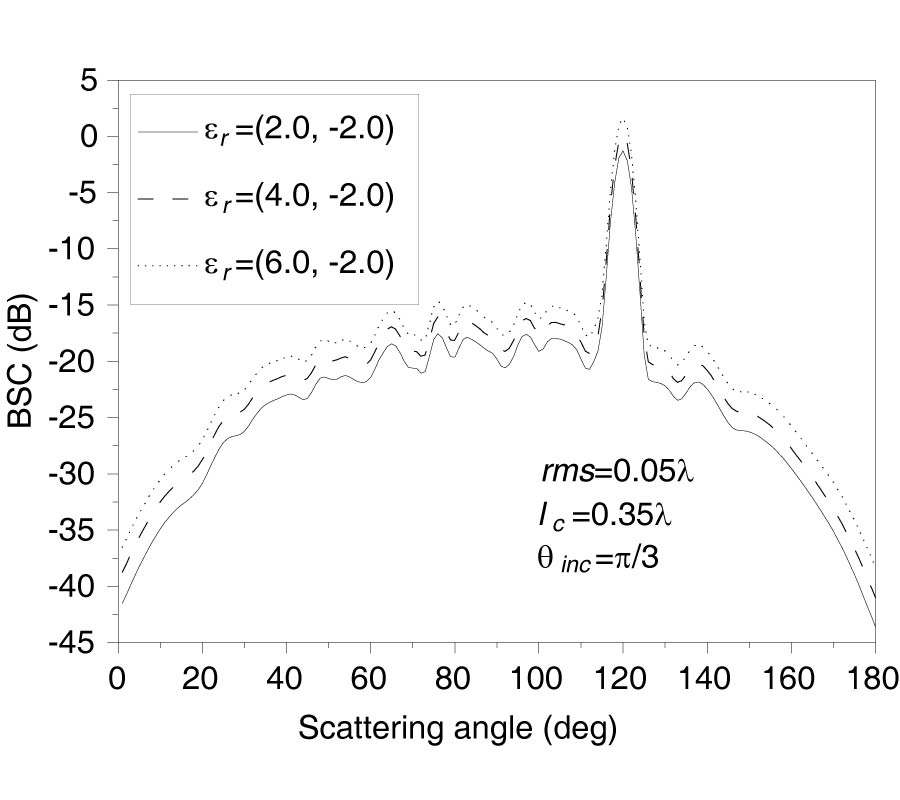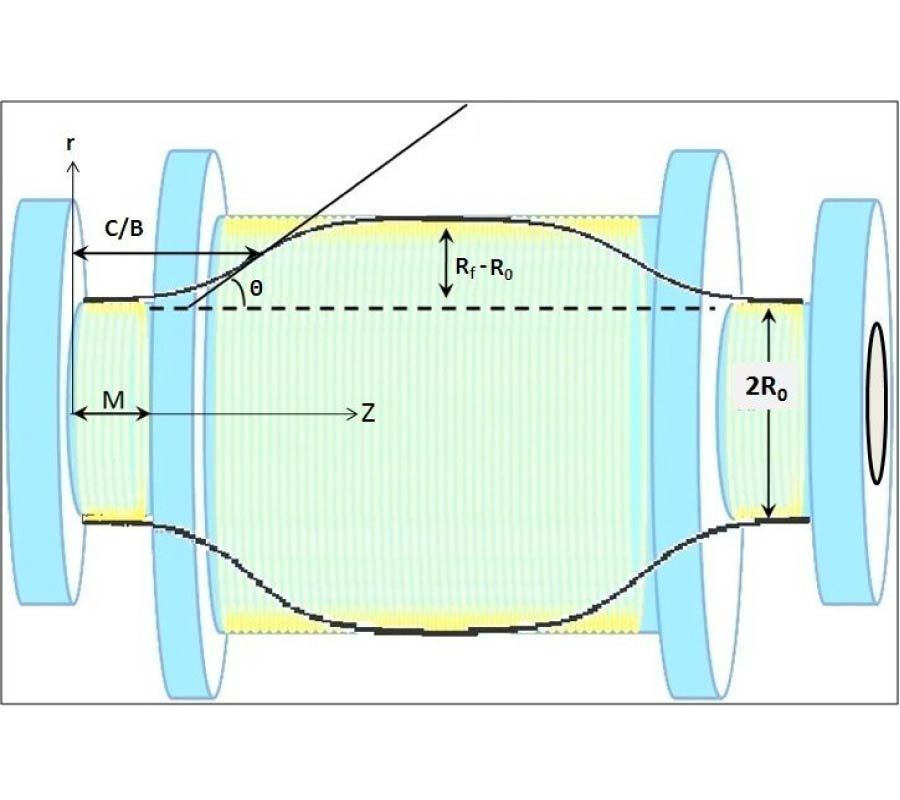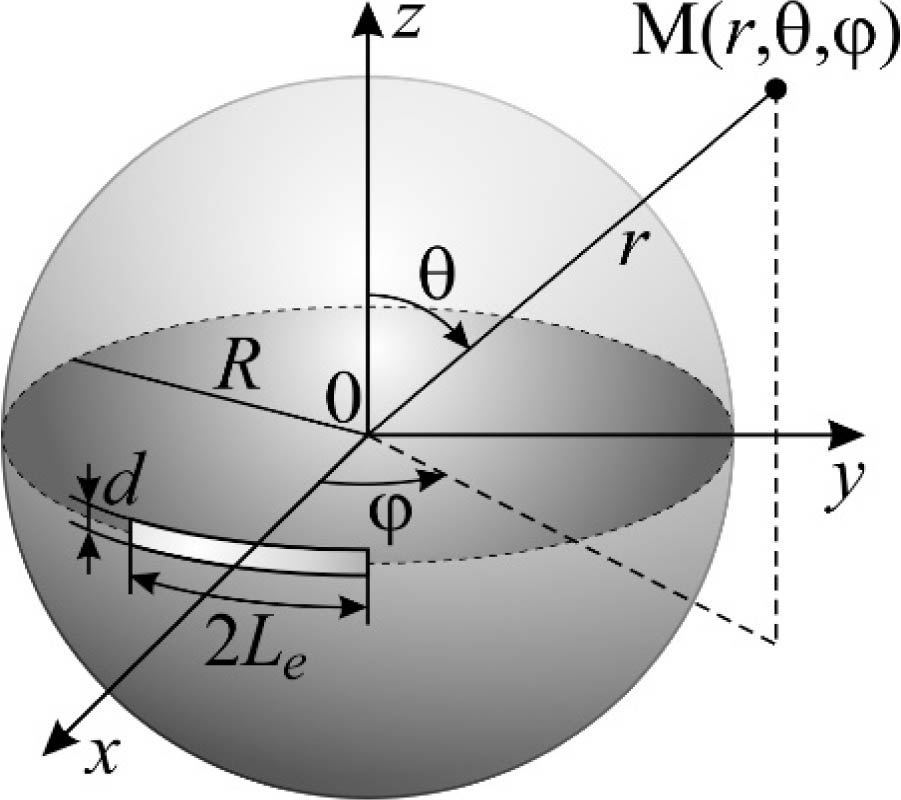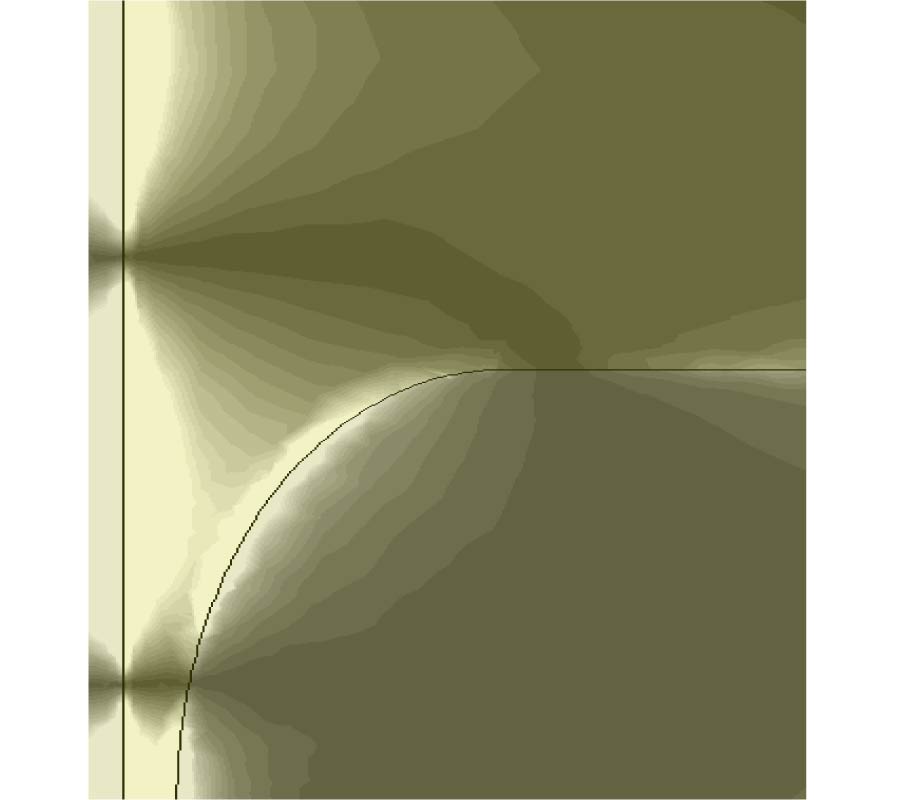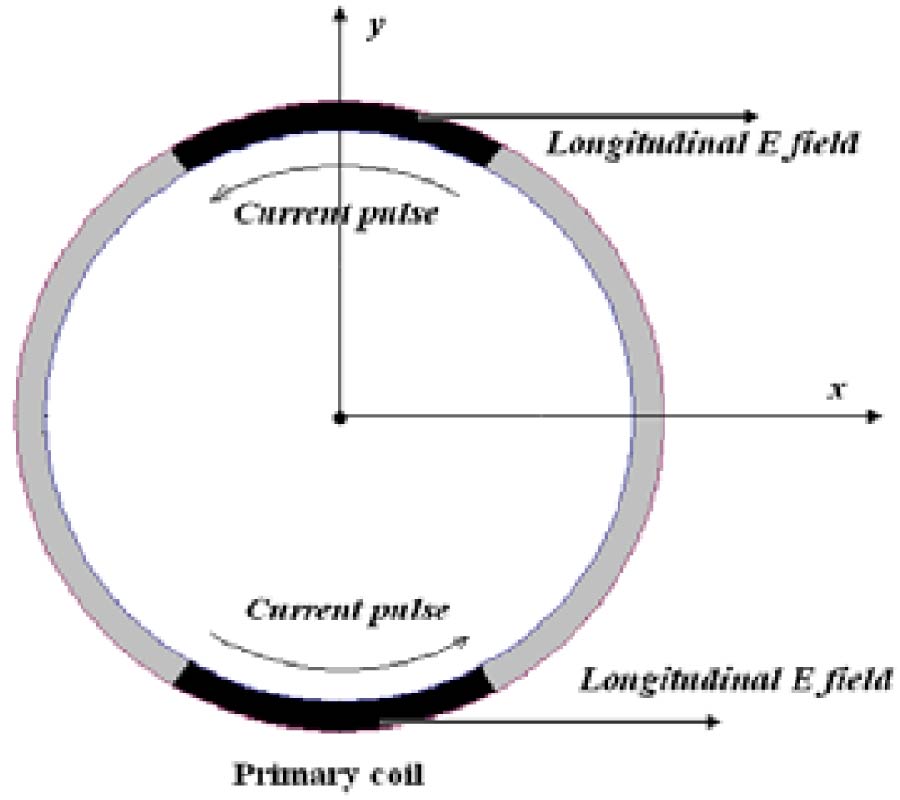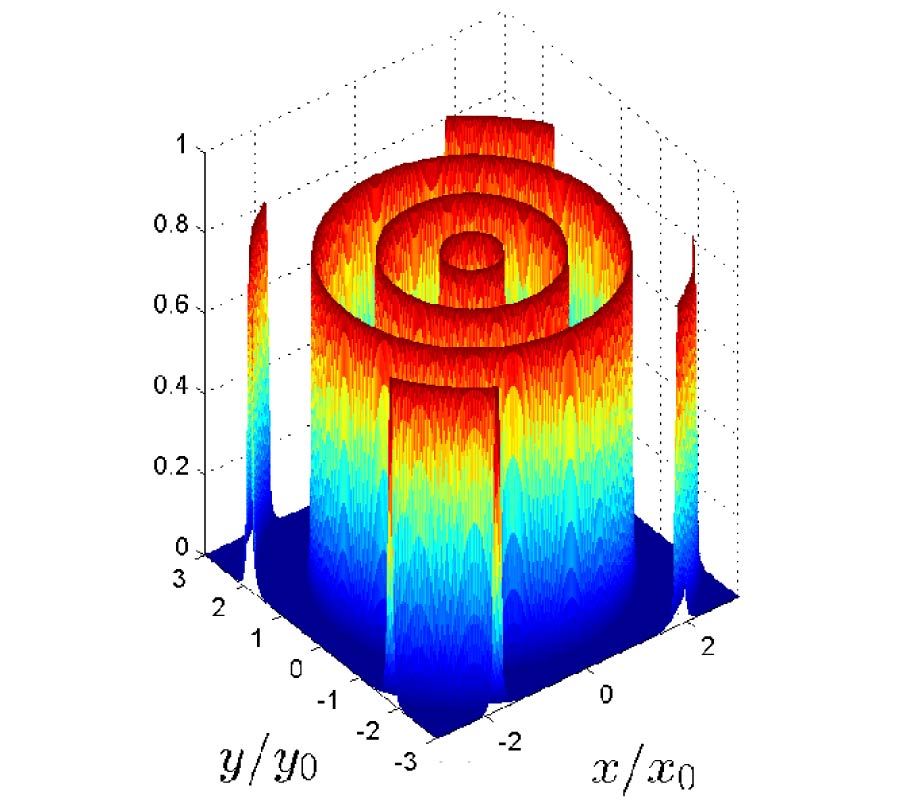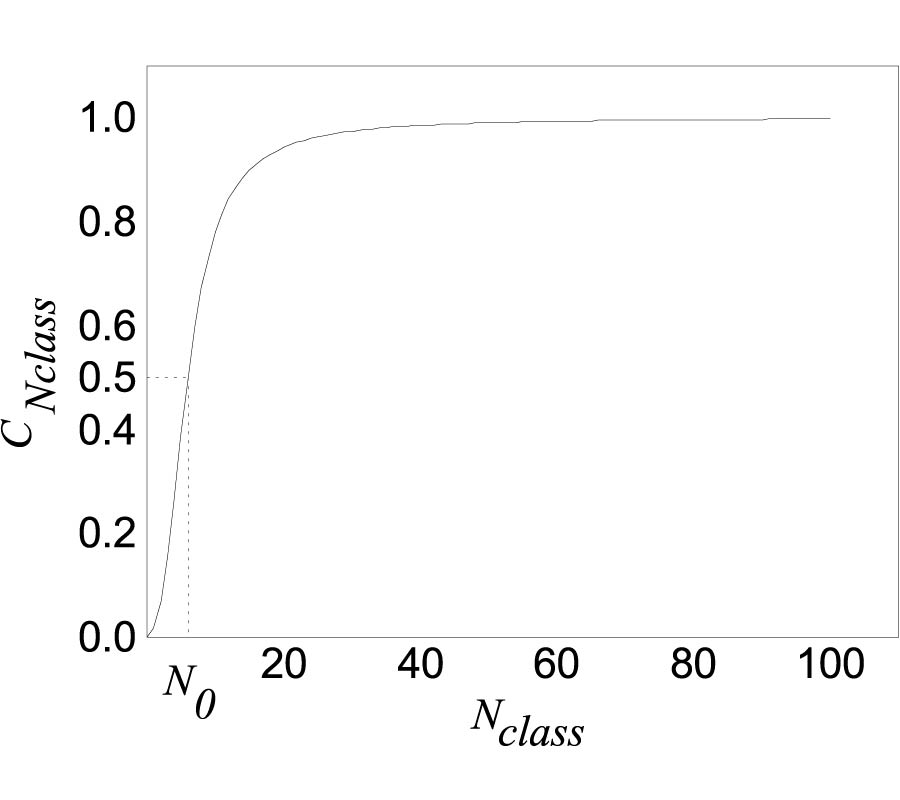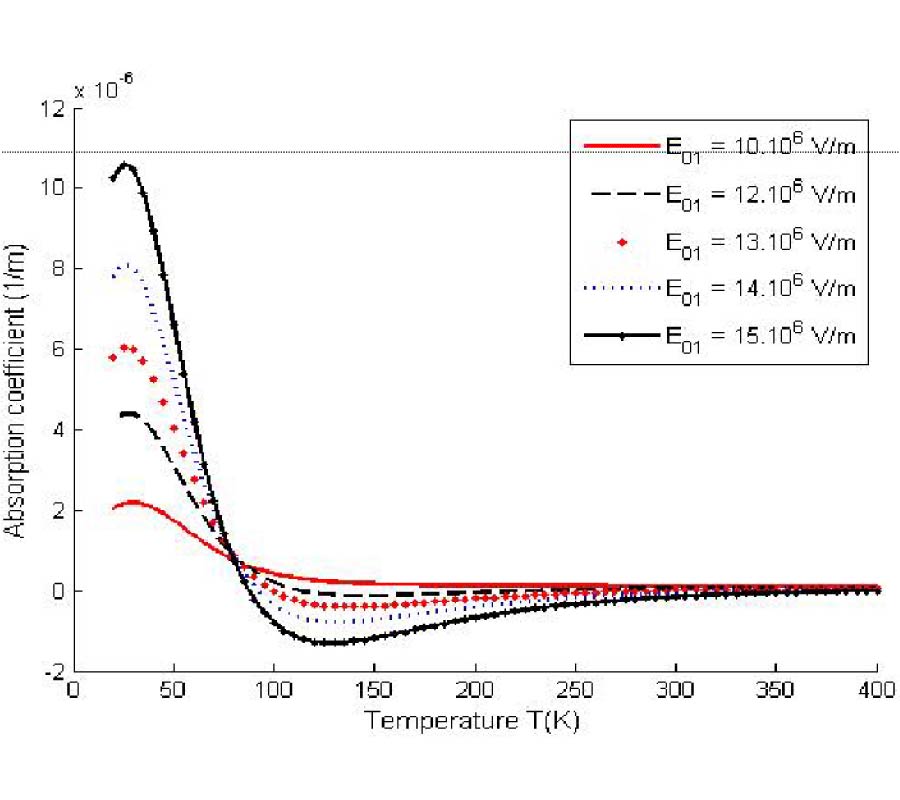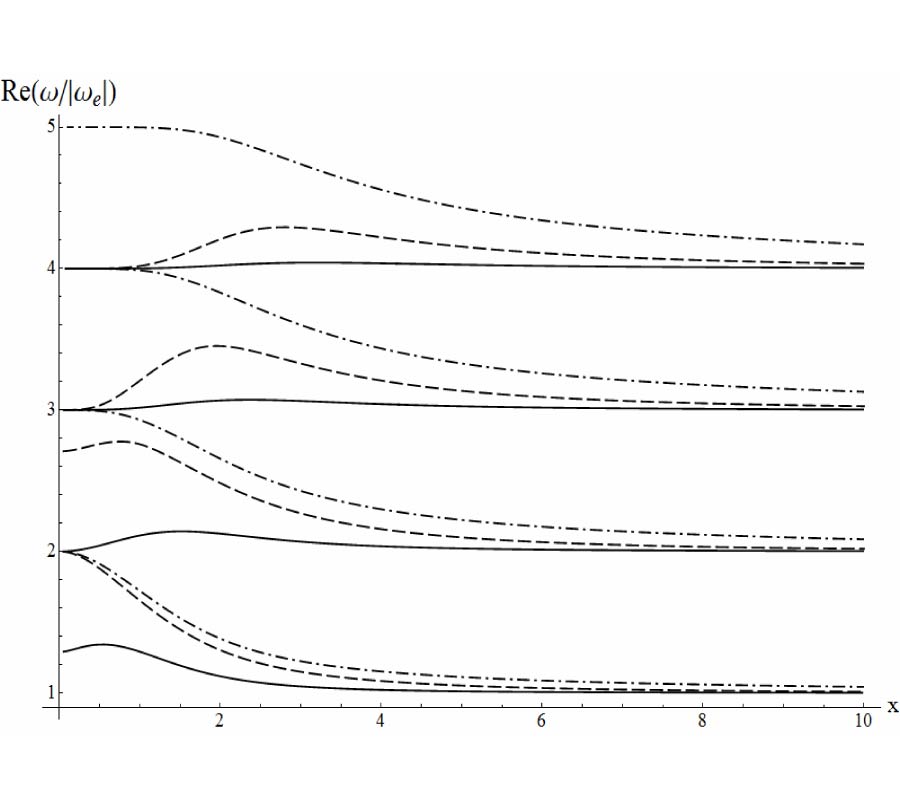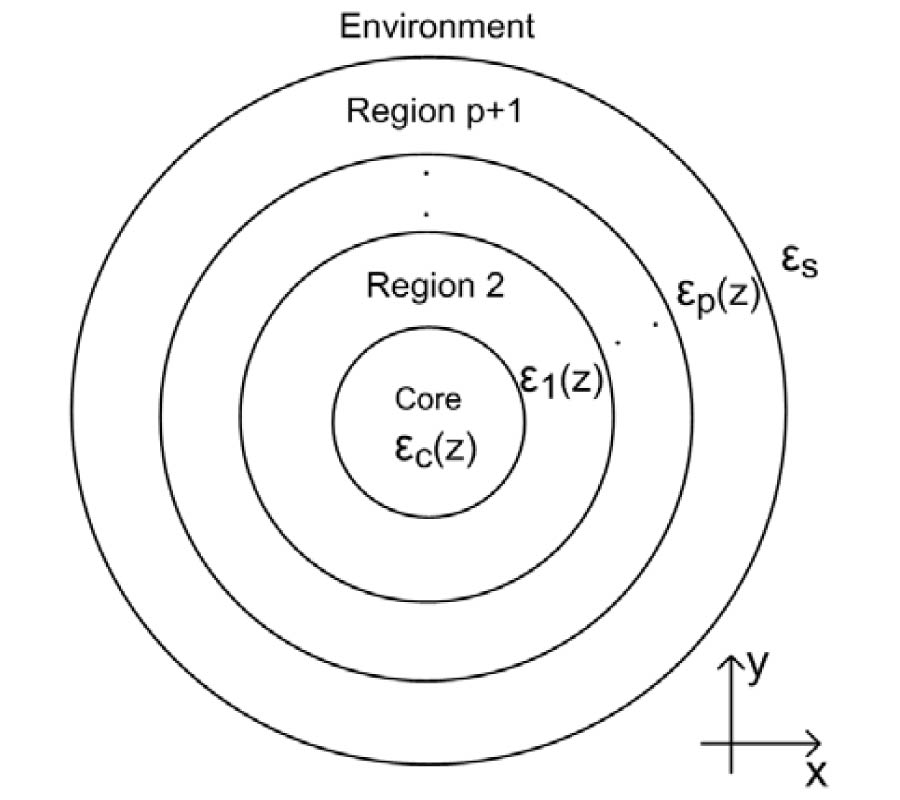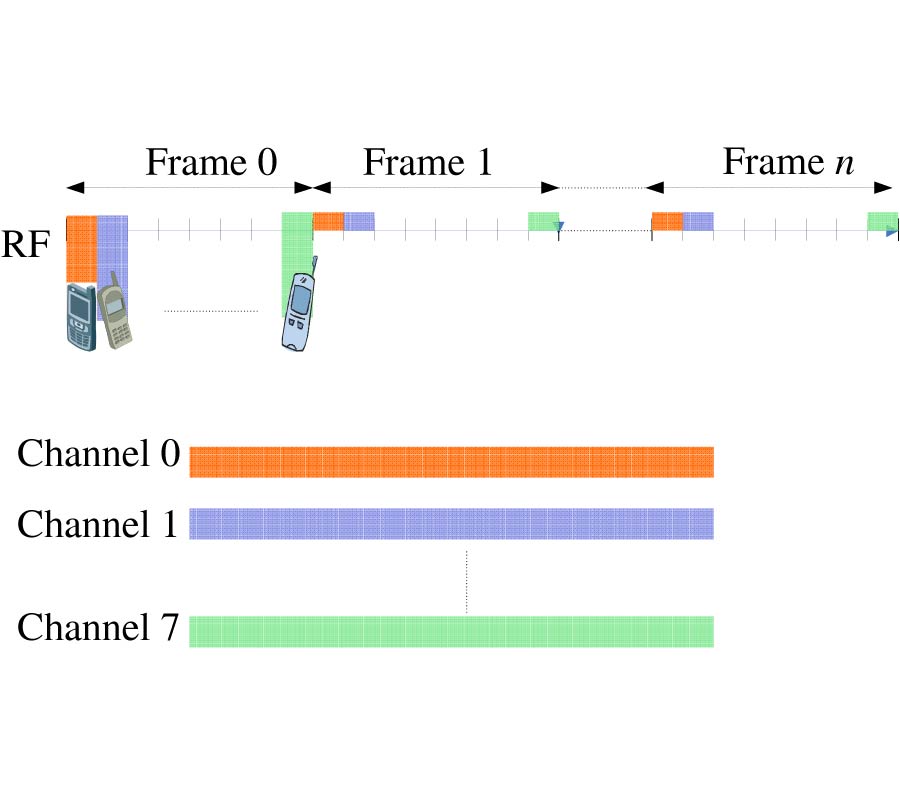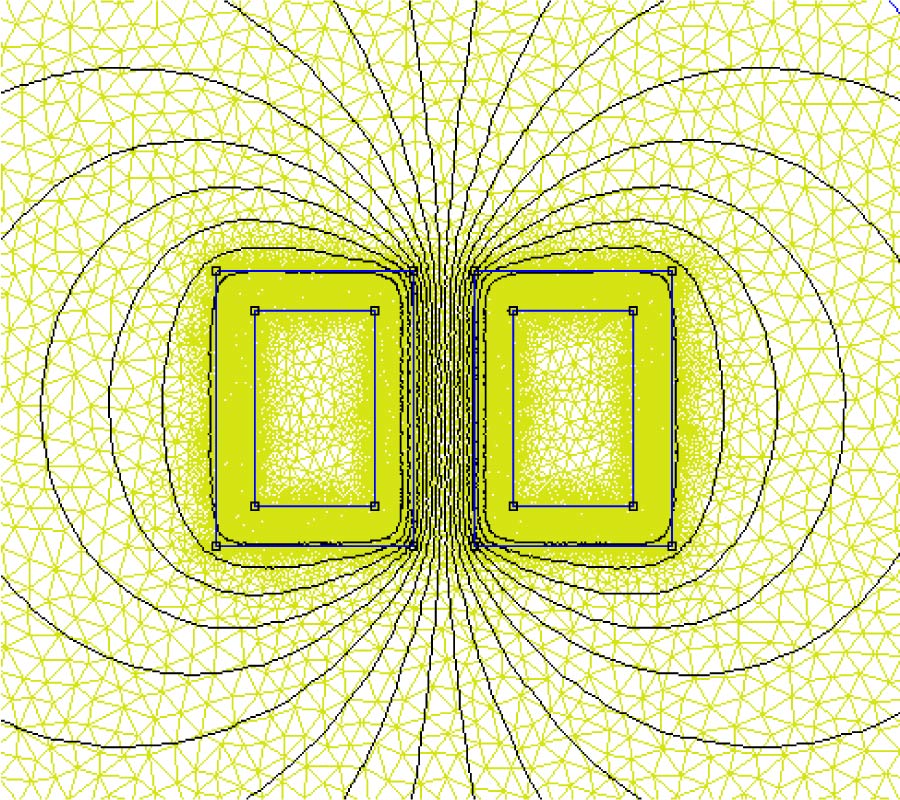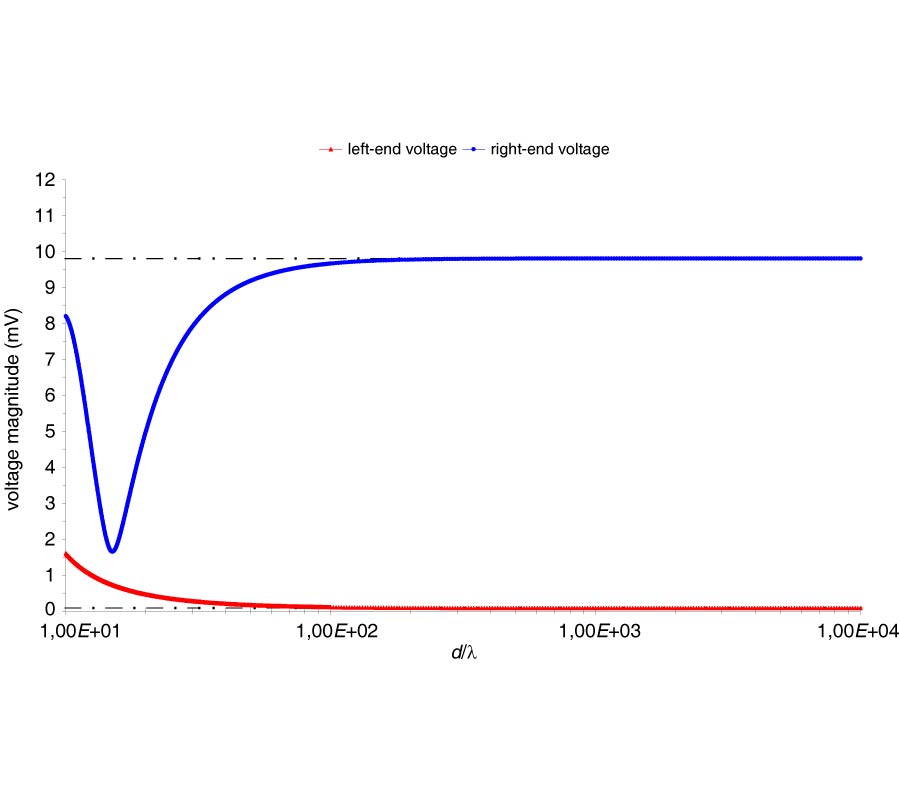Synthesis of Simultaneous Multiple-Harmonic-Patterns in Time-Modulated Linear Antenna Arrays
Sujit Kumar Mandal,
Gautam Mahanti and
Rowdra Ghatak
In time-modulated antenna arrays (TMAAs), as a result of periodical switch-on and switch-off of the antenna elements, including operating frequency (termed as center frequency) signal, sideband signals are appeared at either sides of the center frequency in integer multiples of the modulation frequency. In this paper, it is shown that without using phase shifters, just by suitably controlling the on-time instants (OTIs)and on-time durations (OTDs) of a timemodulated linear antenna array (TMLAA) elements, simultaneously, along with a pencil beam pattern at the operating frequency, a shaped beam pattern can be obtained at both the first positive and negative harmonics of the time-modulation frequency. The important advantage of such a technique is that realization of multi-beam pattern in conventional antenna array (CAA) system generally requires complex feed network, whereas by using simple radio frequency (RF) switching circuit in the feed network of TMLAA, by virtue of the properties of harmonic radiations, synthesis of a shaped pattern at either (positive or negative) harmonic results in generating the same pattern in its opposite harmonic, and the synthesized patterns at different harmonics can be simultaneously used as independent communication channels. By employing a differential evolution (DE) based optimization method, numerical results for a 16-element TMLAA with uniform excitation show that in conjunction with a pencil beam pattern at the center frequency, a flat-top or a cosec square pattern at first positive and negative sidebands of side-lobe levels (SLL) -20 dB can be synthesized by suppressing the higher sideband level (SBL) to below -10 dB.
